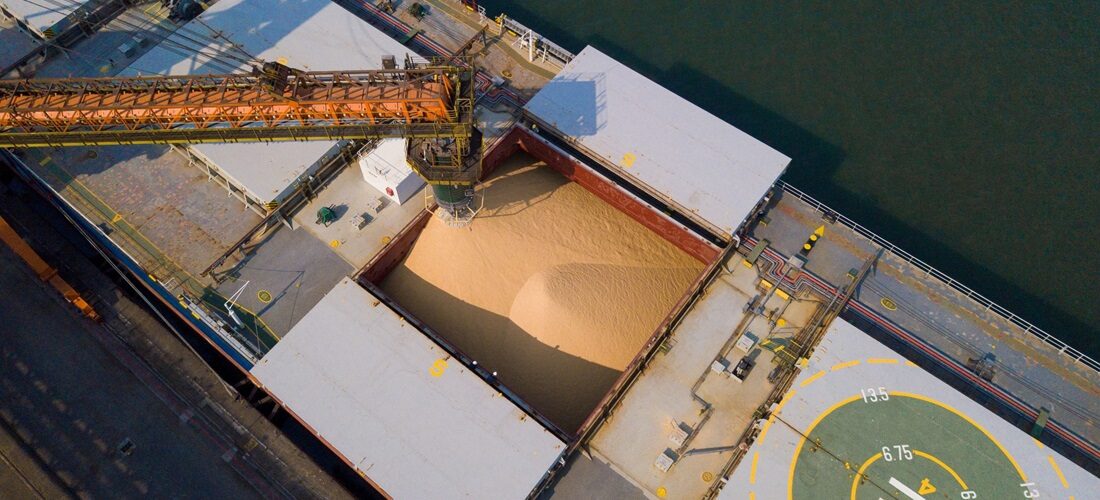
Grain freight costs from Brazil to Asia plunge
Apr, 23, 2024 Posted by Sylvia SchandertWeek 202417
The cost of transporting grains from Brazil to ports in Asia and Europe witnessed a decline throughout 2023 across most logistical corridors despite the disruptions stemming from the conflict in the Gaza Strip, which commenced in October the preceding year.
Notably, routes originating from ports in Rio Grande do Sul and Maranhão experienced the most significant decrease in transportation costs. The expense of shipping grains from the port of Rio Grande to China, for instance, saw a remarkable 19% reduction. Similarly, the cost for shipping through the port of São Luiz, also destined for the Chinese market, observed a corresponding decrease, as revealed by a survey conducted by the Logistics Research and Extension Group of the “Luiz de Queiroz” College of Agriculture (EsalqLog).
Thiago Péra, coordinator of the group, attributes this cost relief to the decline in maritime freight prices between 2022 and 2023, which effectively offset the concurrent increase in road transport costs.
While maritime freight rates began their descent in 2022, they remained elevated above pre-pandemic levels. However, despite spikes in late 2023 due to Middle East conflicts and Houthi attacks in the Red Sea, recent values have regressed to levels below the 2022 average, notes lawyer Larry Carvalho, a logistics specialist.
For Brazilian grain buyers, the most advantageous origination options lie in Rio Grande do Sul and Maranhão, given their proximity to production areas. Conversely, the freight cost of soybeans departing from Mato Grosso, the country’s primary producing state, decreased by 6% when shipped through Northern Arc ports and 4% via the Port of Santos compared to 2022, according to the study.
The chart below displays Brazil’s top grain export ports in the first two months of 2024. The data is from DataLiner.
Top Grain Export Ports | Jan 2024 – Feb 2024 | WTMT
Source: DataLiner (click here to request a demo)
Transporting grains to Europe, with Hamburg, Germany, as the destination, also saw significant cost reductions in routes originating from Rio Grande do Sul and Maranhão, with declines of 13% and 11%, respectively. However, transportation costs from Mato Grosso to the German port witnessed a marginal 1% increase, irrespective of the route.
The ports of the Northern Arc exhibit enhanced competitiveness for grains from northern Mato Grosso farms, while central region properties face fiercer competition.
Despite annual cost decreases, the decline in soybean prices has resulted in logistics costs comprising a higher proportion of the total acquisition cost for Asian and European importers in 2023 compared to 2022. The share of logistics costs for Chinese importers, for instance, increased from 19.7% to 23.5% when sourcing soybeans from Mato Grosso via the port of Santos in 2023. A similar trend was observed for European importers.
Although recent trends indicate stabilization, long-term projections suggest an upward trajectory in freight costs due to storage shortages exacerbating the pressure of increasing grain harvests, as highlighted in a recent report by the Dutch bank Rabobank.
Source: Globo Rural
-
Oct, 31, 2023
0
Argentina says fuel shortages should ease soon, imports arriving
-
Ports and Terminals
Dec, 15, 2022
0
Portocem signs pre-contract to build natural gas-powered thermoelectric in Pecém
-
Sugar and Ethanol
Apr, 12, 2024
0
Exports from Brazil to Arab countries climb 29%
-
Economy
Feb, 14, 2021
0
Agribusiness exports fall 1.3% in January


